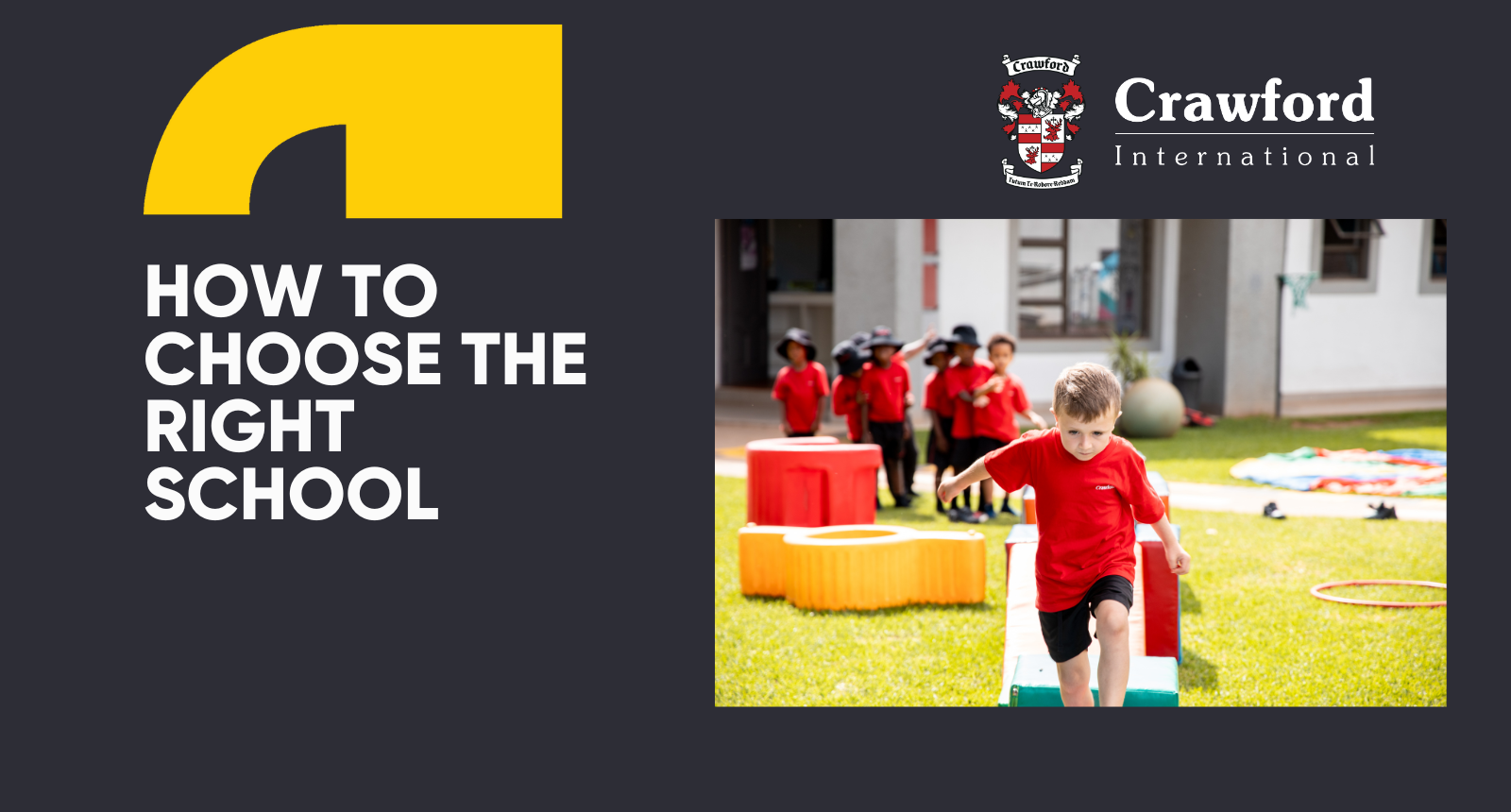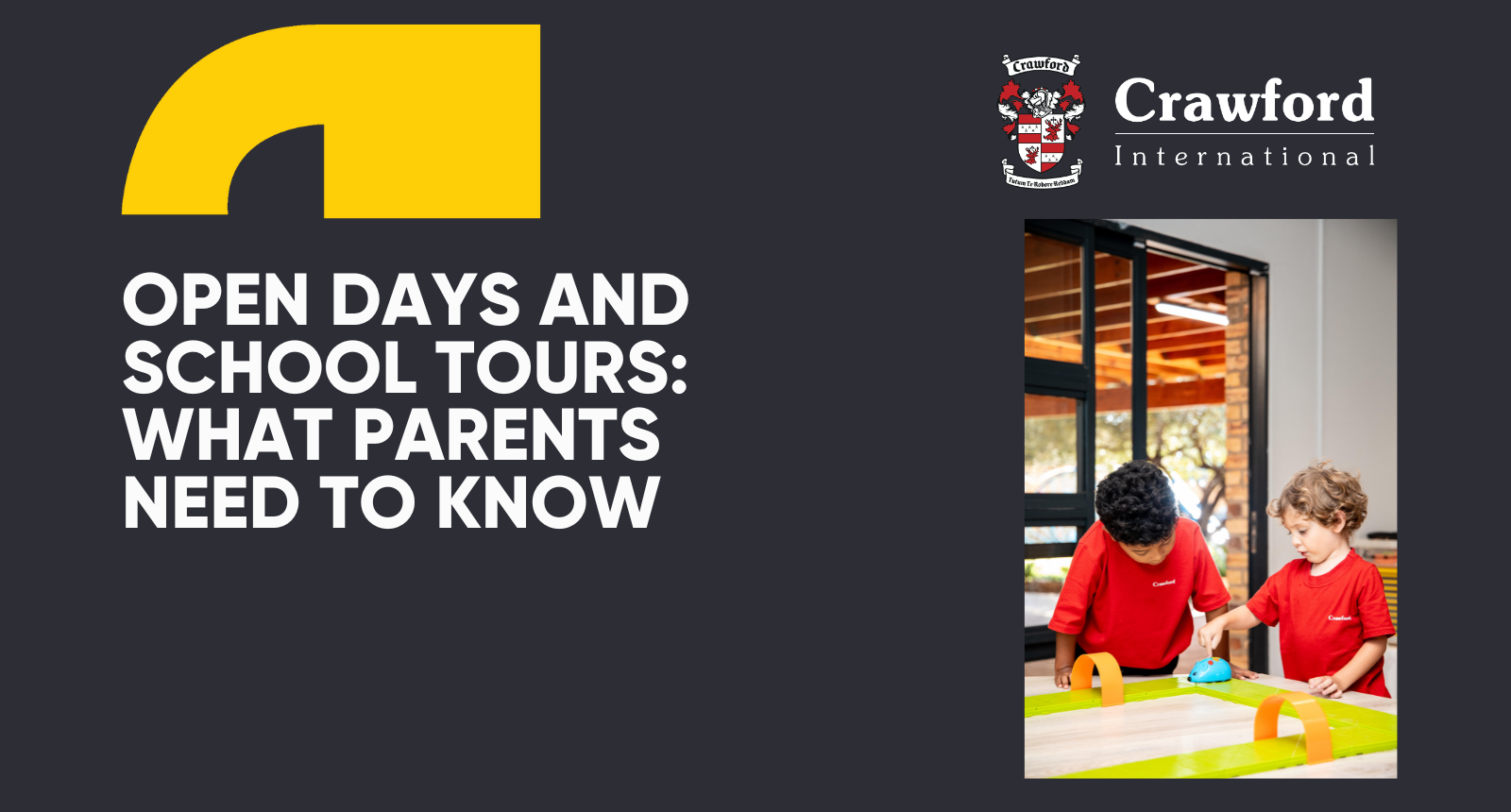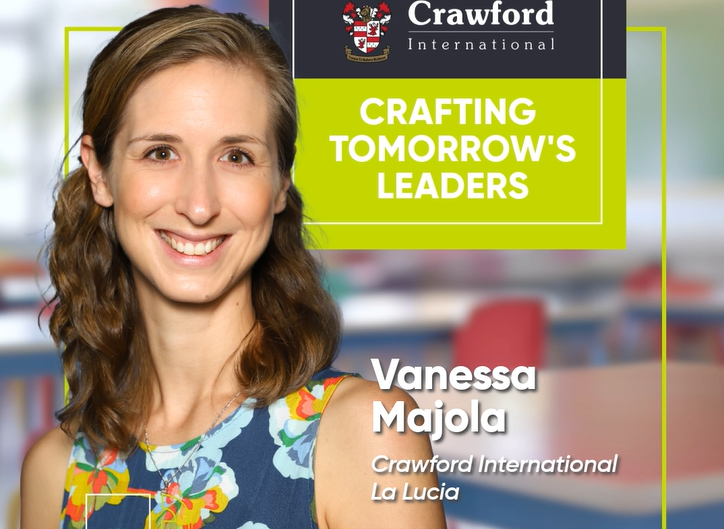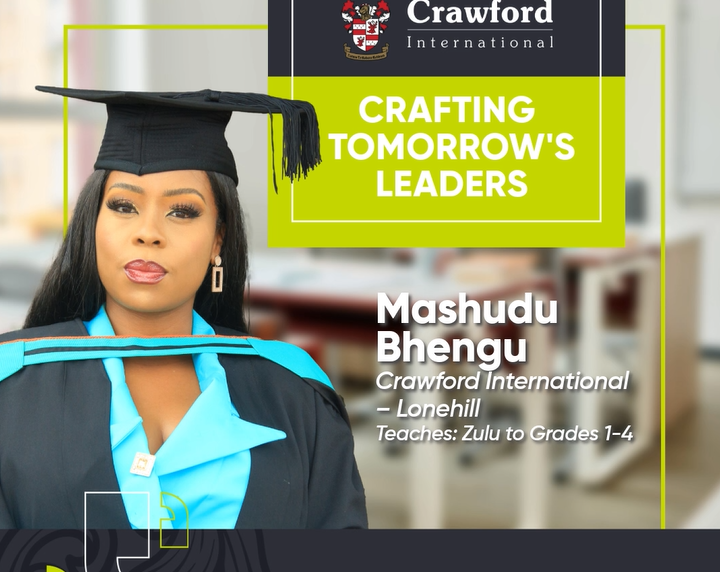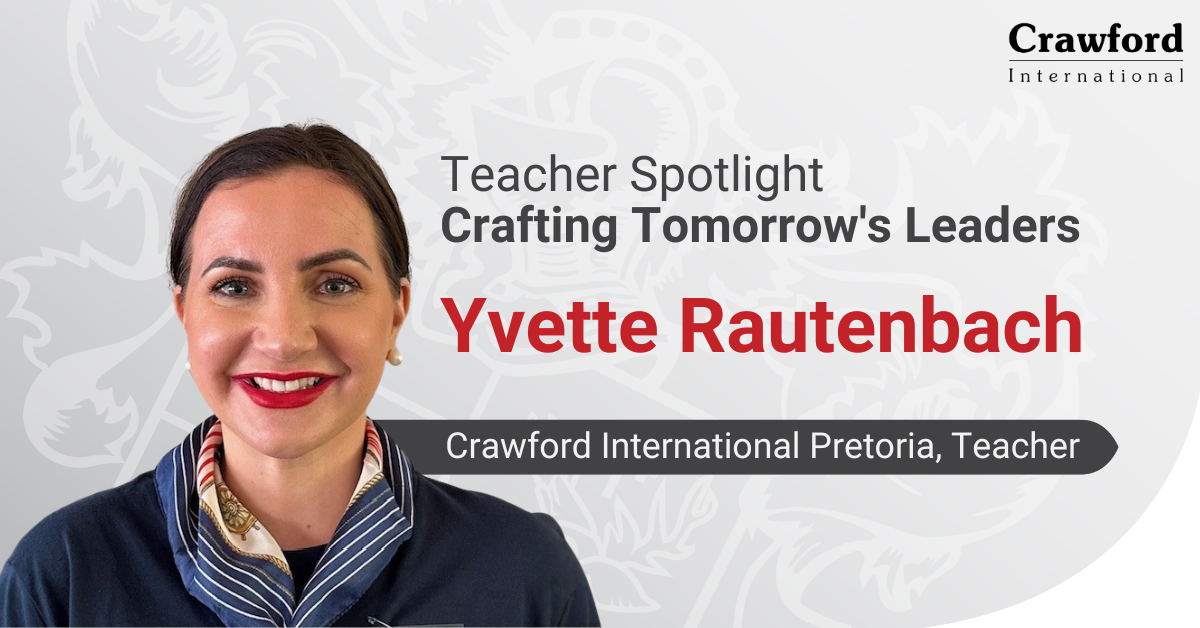The Difference Between Rote & Rational Counting
January 6, 2023
Here’s why rote and rational counting are important
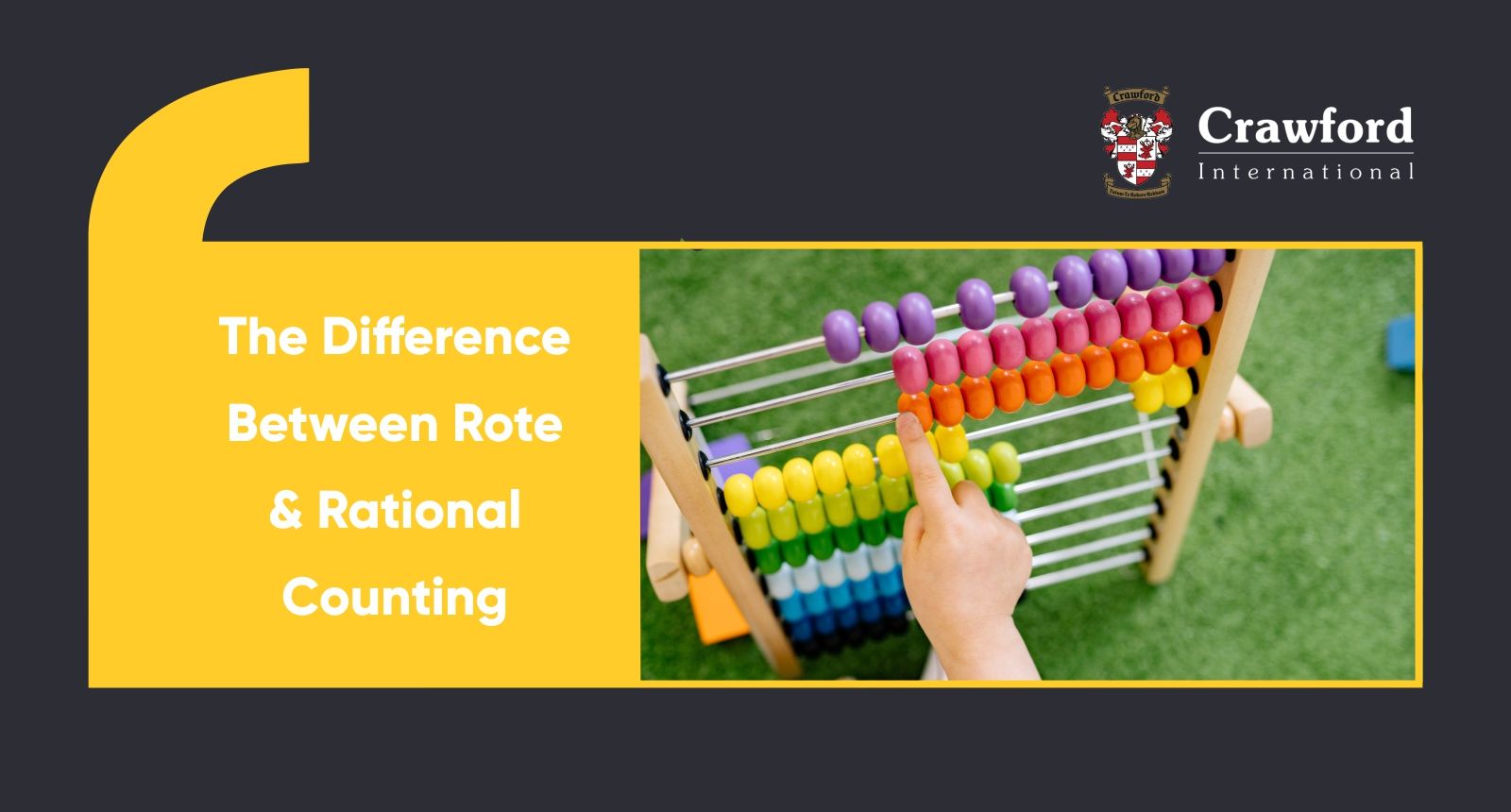
Early number skills are the building blocks of mathematic skills and when it comes to the world of numbers, there are two main ways to count that your child will learn in the early years and primary school. These are called rote counting and rational counting – both have important roles to play in developing your child’s mathematical literacy.
Rote and rational counting – what’s the difference?
What is Rote Counting?
Rote counting is often called rote parrot counting, and with good reason. Being able to count by rote means your child can recite numbers in order from memory, for example, 1, 2, 3, 4, 5, or 20, 15, 10, 5, etc. Repetition and memorisation are key in learning rote counting. Why is rote counting important? Being able to count in sequence like this forms the very foundation of math skills by developing overall number sense and gives your child the basic tools needed to master tasks like addition and subtraction.
What is Rational Counting?
Rational counting takes this foundation a bit further and is all about the relationships between numbers themselves, and between numbers and objects. Put simply, rational counting is all about determining quantity – assigning numbers to objects when counting, for example. This is a simple form of maths problem-solving and is also known as one-to-one correspondence. An example of rational counting in the early years is counting the number of beads in a jar.
Activities for rote counting
All children develop at different rates, but most can count from 1 to 10 (or close to it) by the age of 4 years, and this is something that is taught during preschool. You can use every day routines and tasks to help your child learn to count by rote – counting the stairs in your house as you go up or down them, for example – and you can also try some of these activities to make it a little more fun.
Sing a song
Counting songs are a great way to help your child memorise numbers in sequence, and they’re always fun – especially when you put actions to the words. They also help to improve your child’s language skills and vocabulary. Here’s a classic to get you started:
1, 2, 3, 4, 5, once I caught a fish alive.
6, 7, 8, 9, 10, then I let him go again.
Why did you let him go?
Because he bit my finger so!
Which finger did he bite?
This little finger on my right.
Other counting songs to sing together are Five Little Ducks (where counting backward is introduced), Five Little Speckled Frogs, and This Old Man (also called Knick Knack Paddy Whack).
Play a game
Old-school playground games like Hopscotch and Hide and Seek are perfect for practising rote counting. For hopscotch, all you need is some chalk, a marker such as a beanbag, and a good outdoor space to draw and jump on.
Use the chalk to draw a Hopscotch court of alternating single and double squares, and write numbers from 1 to 10 in the squares. Each player takes a turn to throw the maker into one of the squares (usually starting in square 1, moving to square 2 with the next player, and so forth). The player then needs to jump into each square using one foot, taking care not to place their foot into the square with the marker.
In Hide and Seek, players take turns counting to 10 with their eyes closed while the other players found a spot to hide in. Once the seeker reaches 10, they need to call out, “Ready or not, here I come!” and look for the hiders. This is a perfect activity for playdates.
Ride ‘n count
Long car rides also provide an opportunity to practise rote counting and introduce rational counting too. Pick a specific object to count as you travel, such as red cars or blue trucks, even counting cows or petrol stations along the route would work. Your child then needs to call out the total of these objects every time they see one. Plus, it’ll help keep them entertained on road trips.
Read more early childhood development blog articles by Crawford International here.
